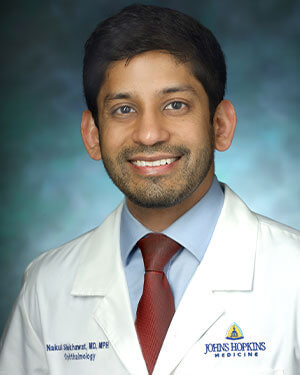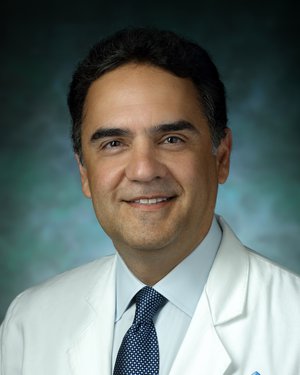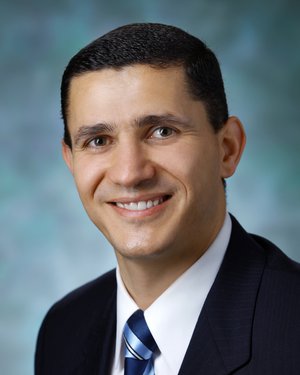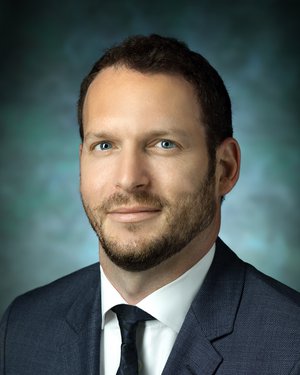-
Isa Sayyeed Karim Mohammed, MD

- Director of Refractive Surgery
- Assistant Professor of Ophthalmology
Expertise: Cornea and External Diseases
-
Nakul Shekhawat, MD MPH

- Assistant Professor of Ophthalmology
Expertise: Cornea and External Diseases
-
Ashley Behrens, MD

- Chief, Division of Comprehensive Ophthalmology
- Associate Professor of Ophthalmology
Expertise: Cornea and External Diseases, Comprehensive Ophthalmology
-
Irene C. Kuo, MD

- Clinic Director, Wilmer Eye Institute - White Marsh
- Associate Professor of Ophthalmology
Expertise: Cornea and External Diseases
-
Everardo Hernandez-Quintela, MD MSC

- Medical Director - Patient Access Center for the Eye
- Associate Professor of Ophthalmology
Expertise: Cornea and External Diseases, Comprehensive Ophthalmology
Refractive Surgery
Meeting with a Wilmer Eye Institute refractive surgeon is the next step to determine if you are an excellent candidate for refractive surgery. At your consultation the surgeon will meet with you and perform testing to determine which procedure is best and safest for you. You can then schedule your refractive surgery at the Green Spring Station. The refractive surgeon will then ensure that you are healing well post operatively and completely satisfied with your visual outcome. We look forward to taking care of you.
Please contact Rebecca Scarborough to schedule your consultation:
410-583-2843 or rscarbo1@jhmi.edu and 410-583-2873 or csonneb2@jhmi.edu
Learn more about our services:
Director of Refractive Surgery
Isa Sayyeed Karim Mohammed, MD
Isa Sayyeed Karim Mohammed specializes in cornea, cataract and refractive surgery. He performs complex cataract surgery, corneal transplantation (penetrating keratoplasty, deep anterior lamellar keratoplasty, and descemet stripping automated endothelial keratoplasty and descemet membrane endothelial keratoplasty) and the entire range of refractive surgery, including laser-assisted in situ keratomileusis, photorefractive keratectomy and implantable collamer lenses surgery.

Yassine Daoud, MD

- Chair of Ophthalmology. Johns Hopkins Howard County Medical Center
- Associate Professor of Ophthalmology
Expertise: Cornea and External Diseases
-
Isa Sayyeed Karim Mohammed, MD

- Director of Refractive Surgery
- Assistant Professor of Ophthalmology
Expertise: Cornea and External Diseases
-
Ashley Behrens, MD

- Chief, Division of Comprehensive Ophthalmology
- Associate Professor of Ophthalmology
Expertise: Cornea and External Diseases, Comprehensive Ophthalmology
-
Everardo Hernandez-Quintela, MD MSC

- Medical Director - Patient Access Center for the Eye
- Associate Professor of Ophthalmology
Expertise: Cornea and External Diseases, Comprehensive Ophthalmology
Irene C. Kuo, MD

- Clinic Director, Wilmer Eye Institute - White Marsh
- Associate Professor of Ophthalmology
Expertise: Cornea and External Diseases

